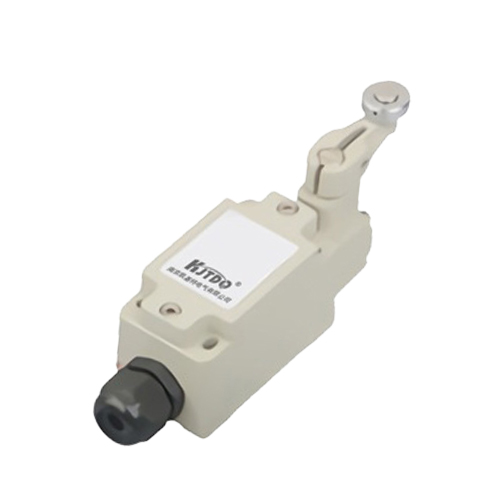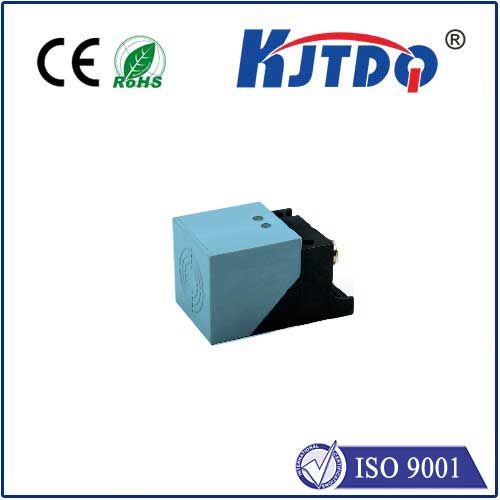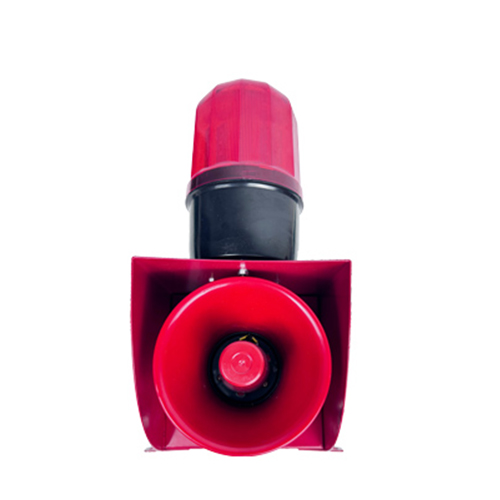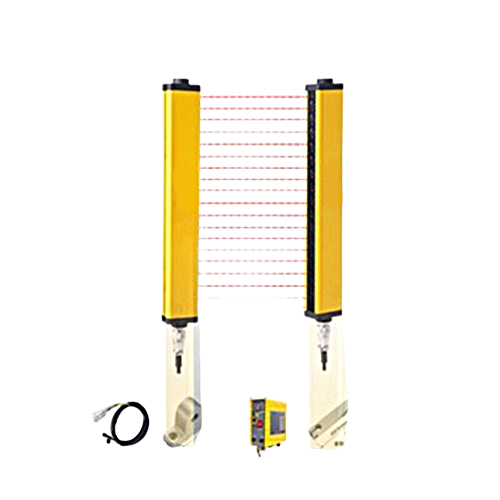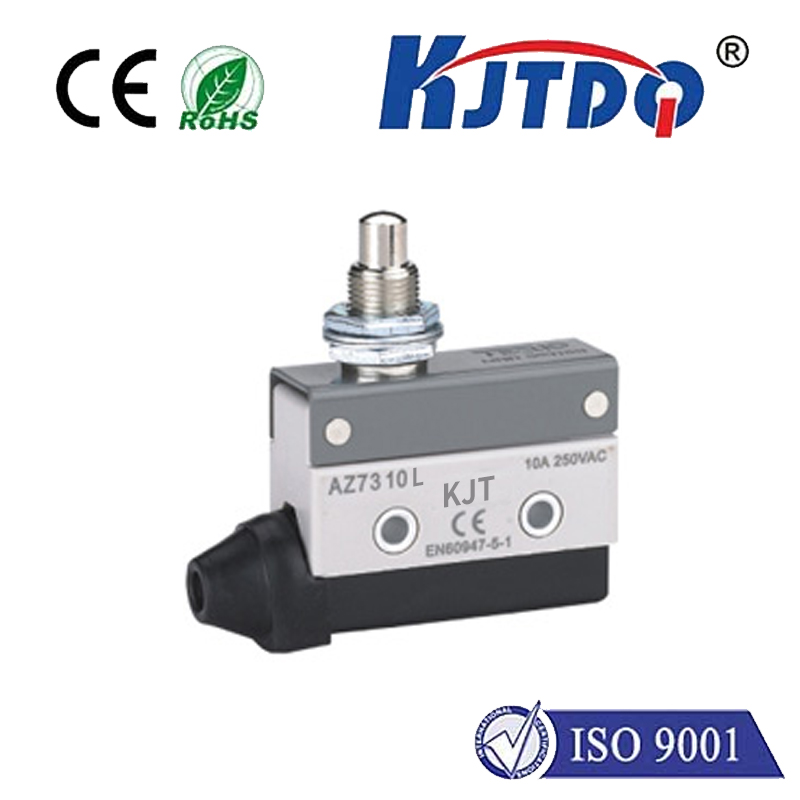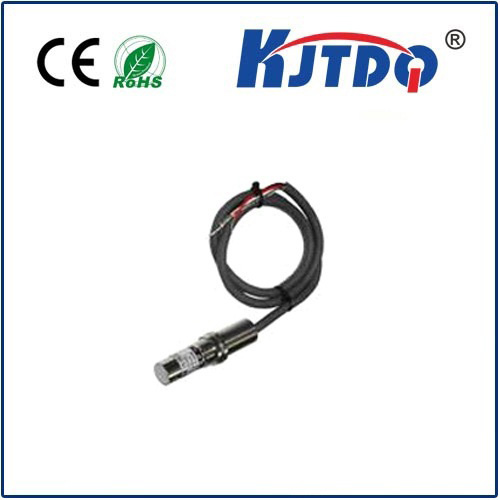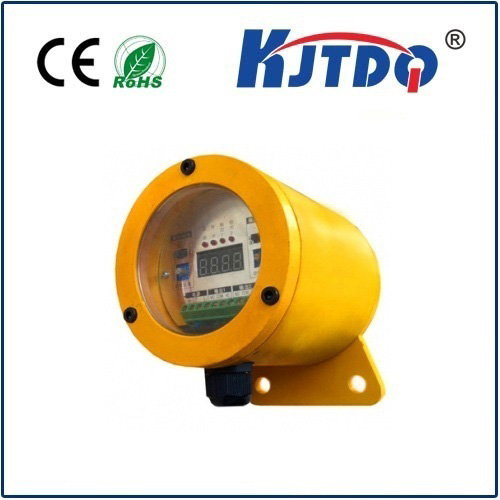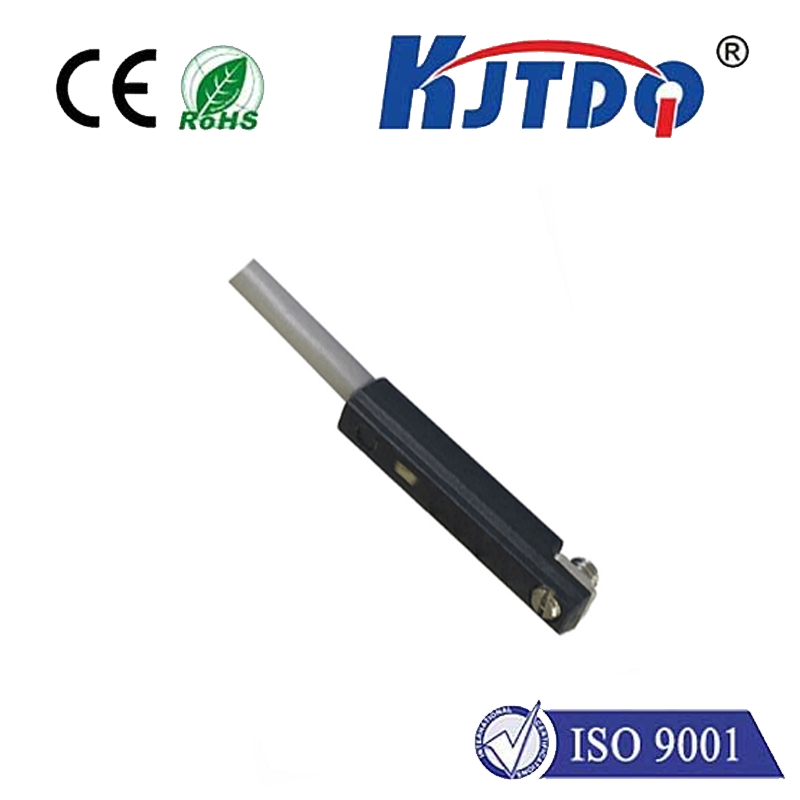Imagine a massive crane lifting a critical load high above a construction site. Below, nestled within the crane’s intricate structure, a counterweight glides along its track, balancing the immense forces. Now, picture that counterweight, due to malfunction or unforeseen circumstance, traveling just a bit too far. Without a crucial safeguard, the consequences could be catastrophic – structural damage, mechanical failure, or worse. This is where the counterweight limit switch earns its indispensable role as a silent, yet vital, guardian of safety.
Understanding the Role: Function Before Form
At its core, a counterweight limit switch is a safety-critical component designed to automatically halt the movement of machinery when a counterweight reaches a predetermined, unsafe point in its travel path. Counterweights are fundamental in numerous applications like cranes, elevators, industrial lifts, and stage machinery, providing balance against the load being moved. However, their movement must be strictly confined. If a counterweight travels beyond its designed limits (over-travel) or fails to reach its proper position (under-travel), it can lead to:
The Mechanics of Prevention: How Counterweight Limit Switches Work
These switches are typically positioned strategically at the extreme ends of the counterweight’s designated travel path. Their operation is elegantly simple but profoundly effective:

Different switch types (lever-arm, roller plunger, rotary cam) are chosen based on the specific application’s speed, force, environmental conditions (dust, moisture, temperature), and required reliability. Robust construction is non-negotiable to withstand vibration, shock, and harsh industrial environments. Their reliability directly impacts operational safety and equipment longevity.
Where Are They Found? Critical Applications
The need for precise counterweight control means these switches are ubiquitous in heavy industries:
Selecting and Maintaining the Critical Shield: Beyond Installation
Choosing the right counterweight limit switch involves careful consideration:
Installation and calibration must be performed meticulously by qualified personnel. The switch must be positioned precisely at the point that defines the absolute safe travel limit. Incorrect positioning renders the switch ineffective.
Crucially, installation is just the beginning. Regular inspection and maintenance are vital for sustained safety:
Neglecting these checks is gambling with safety. A faulty or unmaintained limit switch is a ticking time bomb, offering a dangerous illusion of protection.
Conclusion: Non-Negotiable Safety Assurance
The counterweight limit switch operates silently in the background, often unnoticed – until the moment it prevents disaster. It is not merely a component; it is a fundamental safeguard, a last line of defense against catastrophic imbalance and failure in countless machines that lift, move, and balance significant loads. Its role in over-travel protection and catastrophe prevention underscores why meticulous selection, precise installation, and rigorous maintenance protocols are non-negotiable. Investing in high-quality counterweight limit switches and a robust safety culture around their upkeep is an investment in human safety, equipment protection, and operational continuity.

